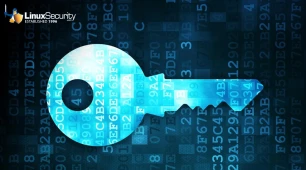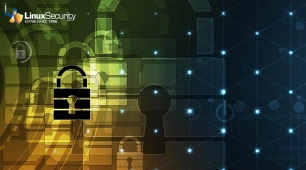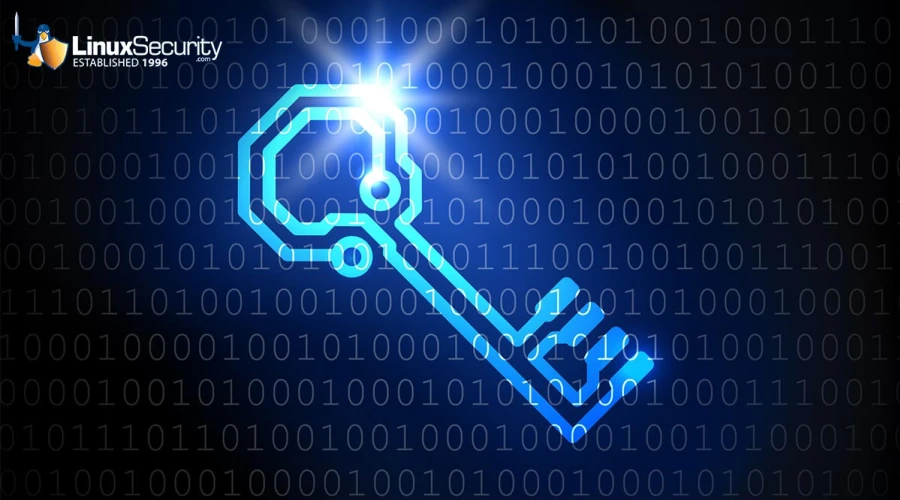
LockBit ransomware group recently made headlines when they revealed their upcoming version, LockBit 4.0, signaling an imminent increase in sophisticated cyberattacks against Linux systems and VMware ESXi infrastructure. This announcement serves as a wake-up call for Linux security admins to fortify defenses against potential incursions with proactive strategies for protecting their systems against ransomware attacks.
In this article, I'll examine this threat in detail, explain how it differs from previous LockBit variants, and offer practical advice for securing your systems against evolving Linux ransomware variants.
Examining Previous LockBit Ransomware Variants
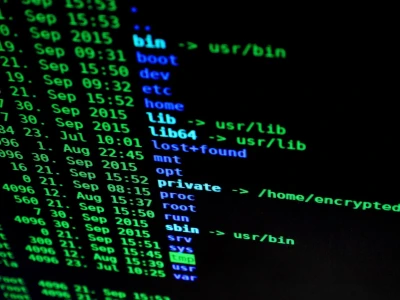 Over time, LockBit ransomware has evolved significantly, with each version becoming increasingly sophisticated and challenging to combat. Initial versions, such as LockBit 1.0 and 2.0, targeted Windows systems by encrypting files and demanding ransom payments to unlock them. They used techniques like phishing emails and exploit kits to infiltrate networks quickly with fast encryption speeds, leaving victims no time to react quickly enough.
Over time, LockBit ransomware has evolved significantly, with each version becoming increasingly sophisticated and challenging to combat. Initial versions, such as LockBit 1.0 and 2.0, targeted Windows systems by encrypting files and demanding ransom payments to unlock them. They used techniques like phishing emails and exploit kits to infiltrate networks quickly with fast encryption speeds, leaving victims no time to react quickly enough.
LockBit evolved along with Linux ransomware trends. By the time LockBit 3.0 debuted, it had integrated more advanced features. Targeting Linux systems--an indication of their rising use in corporate environments--it began using data exfiltration techniques if its ransom wasn't paid. This evolutionary step demonstrated LockBit's adaptability and its developers' commitment to staying ahead of cybersecurity defenses, making it a formidable threat in today's ransomware environment.
Understanding & Mitigating the LockBit 4.0 Threat
LockBit ransomware has long disrupted various industries by encrypting data and demanding ransom for its release. LockBit 4.0 is more advanced than previous versions, using different techniques to penetrate Linux systems more rapidly. Their use of multiple Tor sites indicates an enhanced infrastructure intended to bypass detection efforts and takedown attempts.. Understanding these evolving tactics is integral for Linux security administrators to anticipate and counter this threat.
Effective measures you can implement to mitigate your risk of LockBit 4.0 attacks include:
Timely Patching and Updates
A key part of preparing for LockBit 4.0 involves ensuring all Linux systems are up-to-date with security patches, as cybercriminals often exploit vulnerabilities to gain entry to systems. Regularly upgrading the kernel, your Linux distro(s), and software packages installed is necessary to close any security gaps ransomware may exploit. Admins should implement an efficient patch management process by prioritizing critical updates while scheduling lower-priority patches accordingly.
Regular Backup Strategies
Regular backup strategies are a critical defense against ransomware attacks. Regular backups ensure that organizations can restore their data without falling prey to ransom demands in the event of infection. For best results, these backups must be stored offline to avoid compromise by ransomware. Testing the process periodically helps ensure recovery can occur efficiently and effectively when required. Adding solutions with versioning capabilities may even enable organizations to retrieve information back from before infection occurs.
Advanced Endpoint Protection
Deploying advanced endpoint protection solutions tailored for Linux systems is another essential measure to combat ransomware attacks. Such solutions must include behavior-based detection techniques capable of recognizing suspicious activities that might indicate ransomware intrusions, along with signature-based detection, Machine Learning, and heuristic analysis for enhanced detection and response capabilities against ransomware threats.
Network Segmentation and Access Controls
Network segmentation is essential in controlling ransomware across an organization's infrastructure. Administrators can limit and control potential malware from spreading laterally by breaking their network into smaller segments. Implementing strict access controls ensures that only authorized personnel can enter sensitive parts of their network, decreasing the chances of unwarranted access leading to further ransomware proliferation. Furthermore, monitoring traffic for unusual patterns may assist with the early identification of possible compromises or breaches.
User Awareness and Training
Human error remains a primary factor in cyberattacks, so increasing user awareness of ransomware threats and training them to recognize suspicious activities can significantly lower the risk of infection. Regular security awareness training sessions should be held, emphasizing phishing attempts and social engineering tactics hackers use to deploy ransomware. Encouraging all users to report suspicious activities promptly increases the chances of identifying and remedying threats faster.
Incident Response Planning
An effective incident response plan is key to mitigating the effects of ransomware attacks. An incident response plan must clearly outline steps to be taken once an attack has been detected, such as isolating infected systems, communication protocols, and the roles and responsibilities of an incident response team. By regularly updating and testing this plan, teams will be ready to respond swiftly and effectively to minimize damage, restore operations quickly, and reduce downtime while mitigating its overall impact.
Staying Informed Through Threat Intelligence
Staying abreast of the latest ransomware developments is key to building an effective defense against LockBit 4.0. Subscribing to security newsletters from trusted sources is one way of staying informed. Threat intelligence services offer insight into new tactics, techniques, and procedures (TTPs) used by ransomware groups that may assist in anticipating attacks and taking proactive measures before an infection occurs.
Continuous Improvement and Evaluation
Security is an ongoing process that requires continuous evaluation. Assessing existing security measures against emerging threats is key to staying one step ahead, and conducting regular security audits or vulnerability assessments is the best way to gain an overview of an organization's security posture and any weaknesses that need addressing. Threat-hunting activities may also help identify risks that have eluded traditional detection mechanisms.
Our Final Thoughts on The Emerging LockBit 4.0 Ransomware Threat
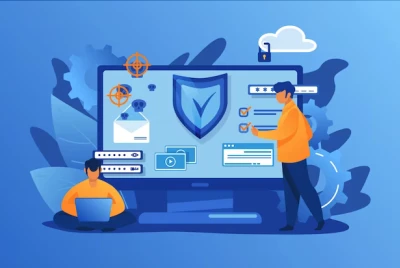 LockBit 4.0 underscores the ongoing and evolving nature of ransomware attacks on Linux systems. Linux admins must proactively strengthen system defenses and prepare for potential attacks. Employing timely patching and updates, robust backup strategies, advanced endpoint protection technologies, network segmentation strategies, and extensive user training strategies can significantly lower the risk of ransomware attacks. Maintaining an effective incident response plan and staying abreast of security threats through threat intelligence is integral to an effective security posture. With the constantly evolving cyber threats admins and organizations face, continuous improvement and vigilance remain crucial for safeguarding Linux environments from sophisticated ransomware attacks like LockBit 4.0.
LockBit 4.0 underscores the ongoing and evolving nature of ransomware attacks on Linux systems. Linux admins must proactively strengthen system defenses and prepare for potential attacks. Employing timely patching and updates, robust backup strategies, advanced endpoint protection technologies, network segmentation strategies, and extensive user training strategies can significantly lower the risk of ransomware attacks. Maintaining an effective incident response plan and staying abreast of security threats through threat intelligence is integral to an effective security posture. With the constantly evolving cyber threats admins and organizations face, continuous improvement and vigilance remain crucial for safeguarding Linux environments from sophisticated ransomware attacks like LockBit 4.0.













